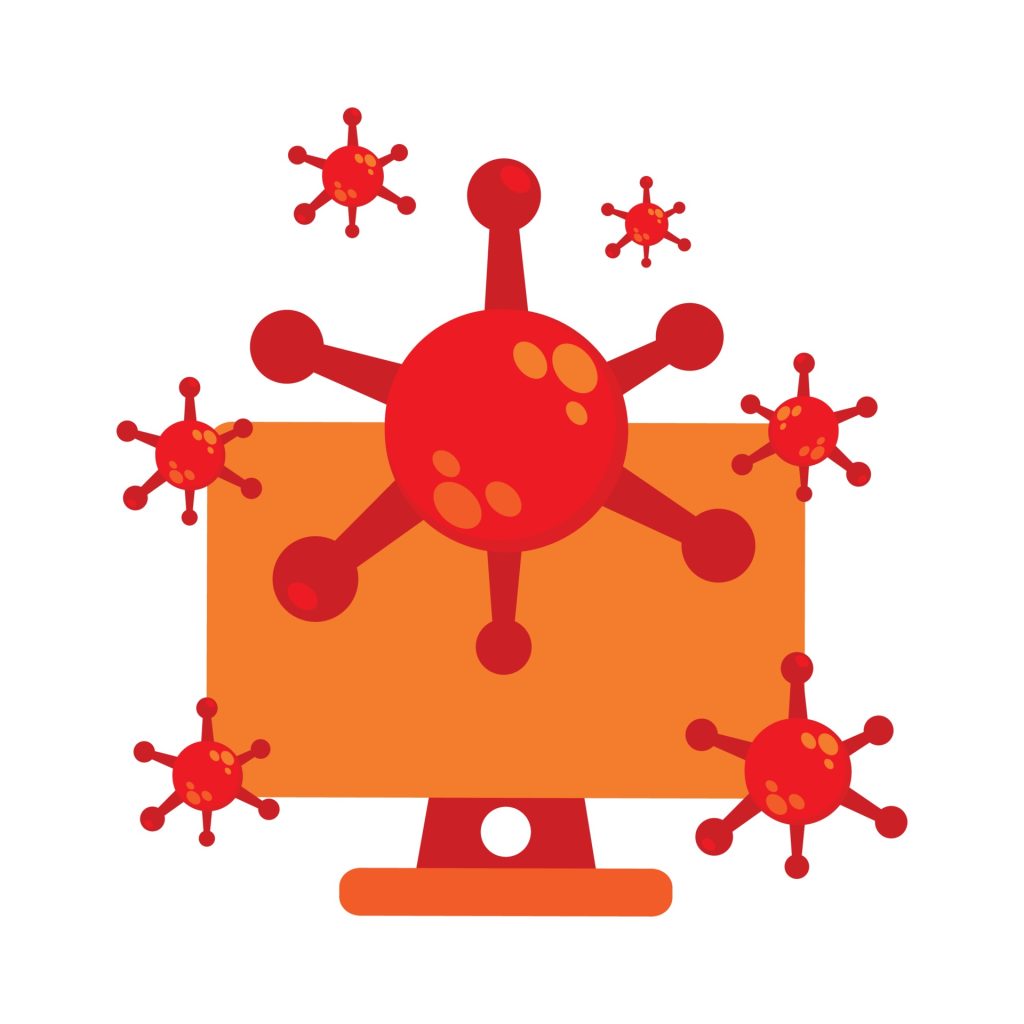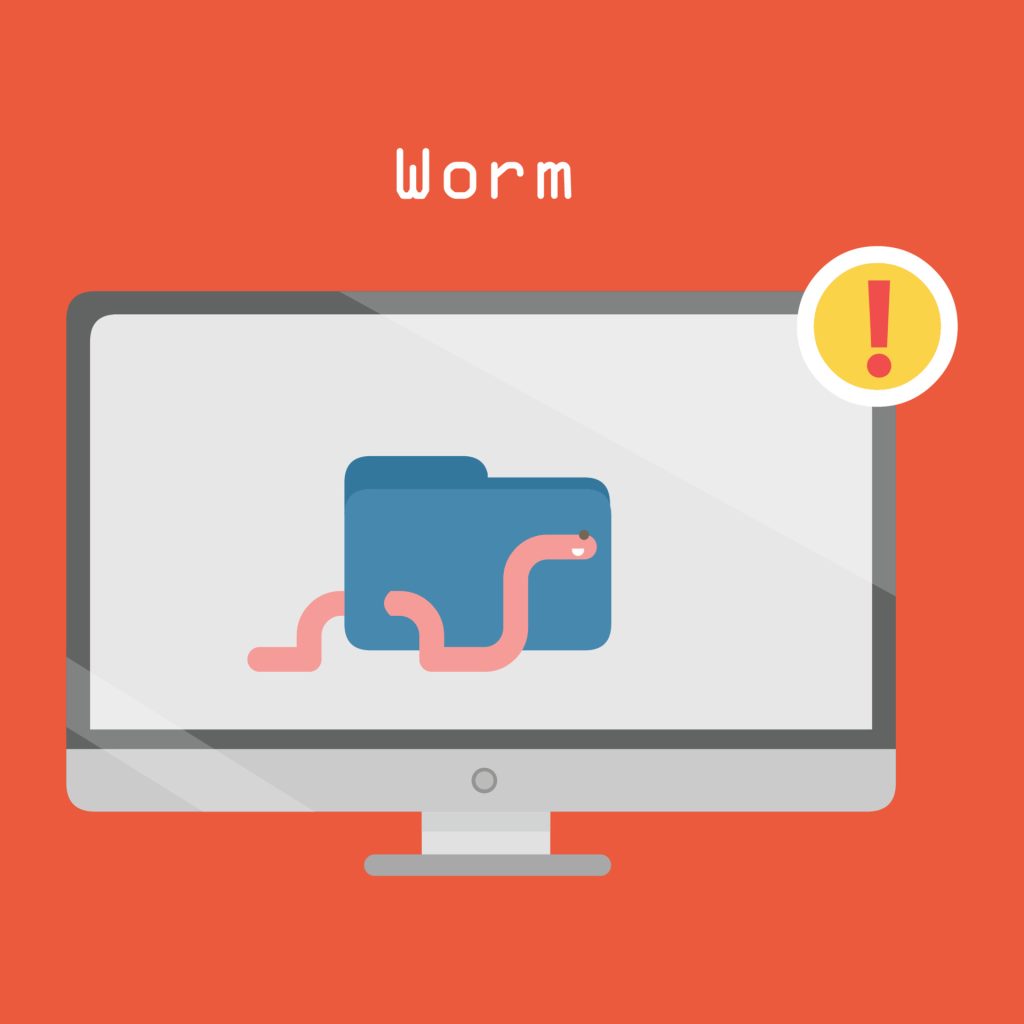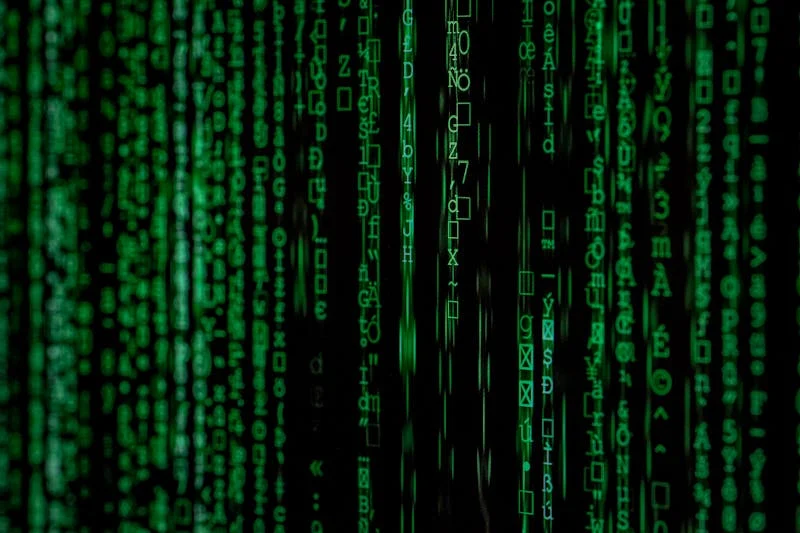What was the first computer virus?
The first computer virus was first recognized in 1986, called Brain. Brain was created by two Pakistani brothers, Basit and Amjad Farooq Alvi. While many people consider the first computer virus to be Creeper, Creeper was a computer worm and those aren’t exactly the same thing.


Computer Virus
-A virus attaches itself to actual programs or files
-It requires human action in order to execute and spread
-It spreads when the infected program or file is shared or executed
-It can corrupt or delete files on the host system
-A virus relied on a host program to function and replicate
Computer Worm
-A worm is a standalone program that does not require a host to operate
-It can execute and spread automatically, without user interaction
-Worms spread over networks and exploits vulnerabilities in systems
-Worms are often designed to consume bandwidth or resources. It also may deliver payloads
-They can replicate itself multiple times across a network
More about Brain
Brain primarily spread through floppy disks, which were the standard way for data transfer in the later 1980’s. When an infected floppy disk was inserted into a computer the virus would attach itself to files that were executable. When users launch the programs the virus would activate. Therefore replicating itself and infecting additional files on the host system. Brain also has the power to modify the boot sector of floppy disks. By using this method of self-replicating it made the virus extremely hard to detect. This meant that the users remained unaware of the infection until they had performance issues or error messages.
What is a boot sector? The boot sector of a floppy disk is the part of the disk that contains important information needed to start up a computer. When you turn on your computer it looks for a boot sector so it knows where to find the operating system. The operating system is the software that helps the computer run everything. If the boot sector is corrupted or infected by a virus the computer could have trouble starting up or just fail to read the disk all together.
The Impact of Brain
While Brain didn’t cause a large amount of damage compared to other malware, its exposure marked a big change in the history of computing. The virus was more of a catalyst for more awareness regarding the dangers and vulnerabilities of computer systems and the potential of malicious software to disturb operations. Many users experienced inconveniences like system slowdowns and data corruption. This promoted a shift in culture and as well as attitudes towards software security.
The discovery and rise of Brain highlighted the need for effective antivirus solutions and it eventually led to the development of a cyber security industry. In response to these threats, software developers began to create programs that were specifically designed to detect and reduce the impact and harm of computer viruses, because of this Brain’s impact has extended beyond its actual and immediate effects. Brain has laid the foundation for ongoing discussions about software piracy, digital rights, as well as the necessities of strong cybersecurity. From all of this we can for definite say that because of Brain we have learned more about viruses and how to stop them.
The mere existence of Brain exposed a huge and significant gap in software development. As computer systems became more common and widespread, developers began to realize that there was a need for better security protocols. Brain was basically a wake up call for them, which hinted at the creation of antiviruses and solutions, as well as better security measures to fight against similar attacks
Brain and its operations
Brain operated by infecting floppy disks. Once a disk was inserted into an infected computer, the virus would duplicate itself and infect any other disks used in the system. While this was very simple, it was effective. This has the power and ability to disrupt normal operations. When infected, the virus would often display a message when it was booting, this alerted users of its presence. The original message said:
“Welcome to the Dungeon!”
Brain is actually very simple compared to our viruses now. It consists of around 2,000 bytes of code. Its primary function was to display a message when the infected computer was turned on which served as a warning to the user
Brain took advantage of the weaknesses in the MS-DOS operating system, which didn’t have the strongest security features. The structure of early computer systems allowed for easy access to a lot of critical functions, this made it open to infections. Because of this, Brain was able to spread rapidly which further led to widespread infections before countermeasures could even be developed.

In conclusion
If we really think about it, Brain isn’t just “the first computer virus.” It’s actually a major milestone in tech history and a jumping-off point for a lot of innovation. This little piece of code from the late ’80s didn’t just introduce the idea of viruses; it opened up a whole new world of conversations about digital security. Brain reminds us that even the smallest changes—good or bad—can lead to some unexpected challenges and creative solutions.
Digging into Brain’s origins helps us appreciate just how important cybersecurity is in our lives today, especially as we dive deeper into the digital age. Technology is everywhere, and understanding how it can be both amazing and risky is super important. The lessons we’ve learned from Brain shape the way we approach security now and will continue to influence how we deal with new threats in the future.
In the end, Brain is more than just a relic; it’s a powerful reminder that innovation and caution need to go hand in hand. As we become more reliant on technology, Brain’s legacy encourages us to stay alert and prepared. With the right mindset, we can tackle the challenges of our interconnected world while enjoying the benefits that come with it. So, let’s keep learning and embracing the tech that surrounds us!
